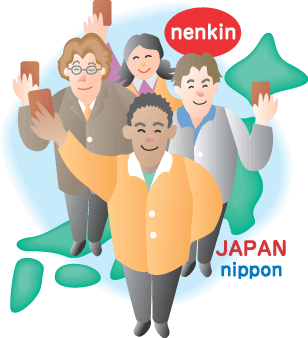Today is the start of the 2012 Summer Paralympics, where thousands of athletes will show off their athletic skills and try to win the gold. I’m often asked about how Japan fares when it comes to people with disabilities, so I thought I’d write about the 3.5 million people with physical handicaps in Japan (2.5% of the population). It’s often said by Japanese that they are “behind” the U.S. and Europe socially, and the relatively high number of areas that aren’t currently wheelchair-accessible in Japan are thought to reflect this…though as Japan is a nation that must cram half the population of the U.S. into a land area the size of Montana, it’s sometimes considered shikata ga nai (“it can’t be helped”) that the country isn’t as friendly to people with special needs as the U.S. Still, over the past decade things certainly have gotten more “barrier free” — a made-in-Japan English term used to describe places free of obstacles for elderly or disabled people — and these days most every train station I visit has elevators and accessible bathrooms. Japan does a lot for its disabled citizens, including assistance with education and employment and covering most of the costs for special vehicles and guide dogs for the blind. Near J-List there’s a sports-and-rehabilitation facility that’s free for people with disabilities (the rest of us pay $3 to use it). I used to teach English to wheelchair racing and basketball players there, and I hope that some of my former students are representing Japan in London!

Japanese athletes aim for gold at the Paralympics. Good luck!














